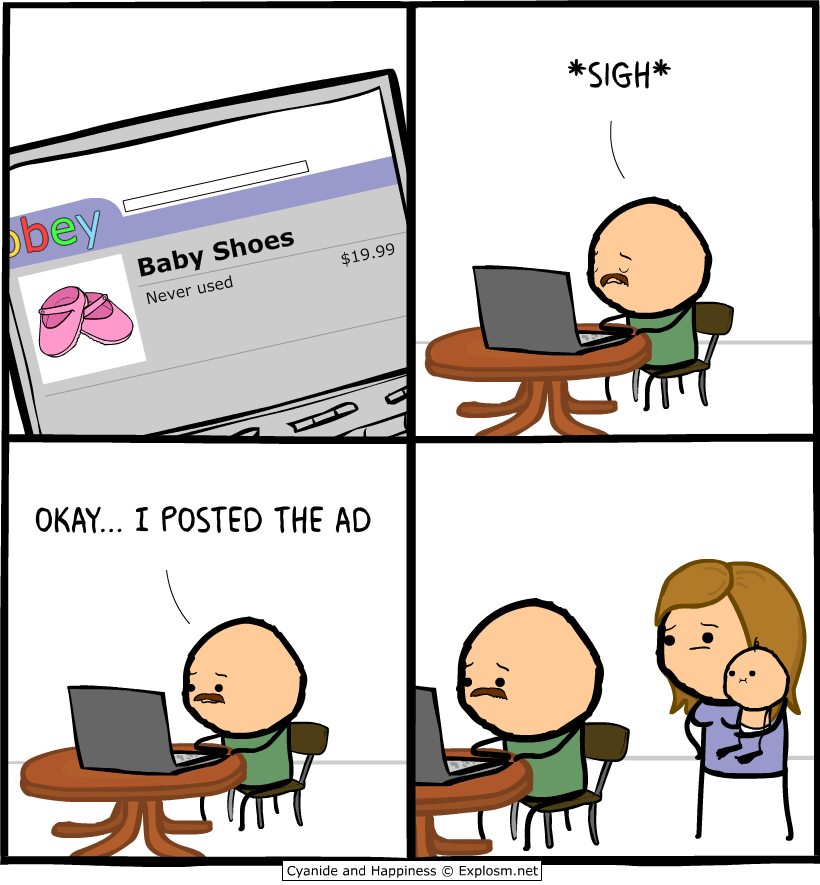

Probably depends on whether they see a difference between intentional and unintentional satire.


Probably depends on whether they see a difference between intentional and unintentional satire.
Twatstika


Unfortunately “punish them by not buying it” won’t work for someone as big as them.


I’m saying that the sources of income are the same regardless of what the company structure or the software licence is.


Treat it however you want - from what I know even Mozilla has the same arrangement with Google and Firefox.


Partner integrations from what I know - search engines, bookmarks and so on.


CEOs gonna CEO.


Baby shoes. Again, tie them to the handle.
Bonus points if you print out this comic and put it right next.

I feel that many Russians are against Putler’s regime, but are (rightfully so) too afraid to speak up.


That’s why it’s discounted…


Yep, I’m familiar with those - on almost any bycicle the left pedal would tighten to the crank counterclockwise.


I’ve heard the right hand rule regarding magnetism and current direction (because it’s useful to illustrate correlation between vectors), but never about screws. Now that I think of it, it makes perfect sense there too, only that you have to imagine a thumb pointing down most of the time…


I can’t think of an equivalent phrase in Bulgarian for that, but it’s known that [most] threads tighten when turning clockwise… and if you don’t know what direction the clock goes, what are you even doing with screws or bolts…
And again there are special cases even outside of threads - for example in plumbing there are some valves that are open when the handle is parallel to the pipe and closed when the handle is perpendicular - and it might just happen that the closing motion happens counterclockwise.


… and you hope you don’t forget until the next time you have to do it…


Do they send an SMS/email to ask for feedback after that? If they do, you probably don’t need hints to know what to do with it.


Fair point, yeah. If it’s a no-hassle process for the customer to report something as stolen and get a refund or another item shipped (even without proof - because I figure not everybody has surveillance cameras), sure.


So it’s possibly cheaper for the seller not to require a signature (since it’s an extra service), but it’s no biggie if the package gets stolen? Seems logical…


It baffles me that “delivering” packages like this is a standard practice over there. I’m in the EU, and if I’m not home by the time the delivery is attempted, the company would call and ask when is a good time to try again, or would leave the thing to be collected at an office.


Maybe it was phrased like that for this very reason.
While I’m not saying it’s perfect, I still think it’s aeons better than Skype was shortly after its acquisition by Microsoft.